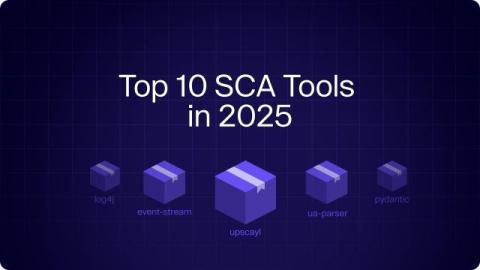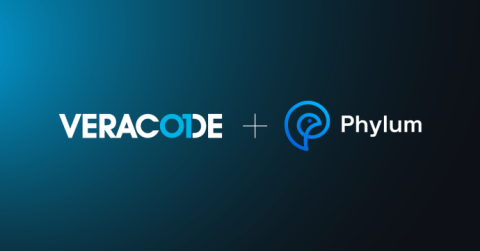A Developer's Guide to Running an SCA Scan
Your IT infrastructure is a complicated network of systems and activities that generate massive volumes of data every second. Hidden within this data stream is the key to understanding your systems’ health and potential dangers. The dangers are significant, given that the average worldwide data breach costs an exorbitant $4.45 million. One such security breach can destroy your organization, resulting in legal fines, financial loss, and harm to your reputation.











